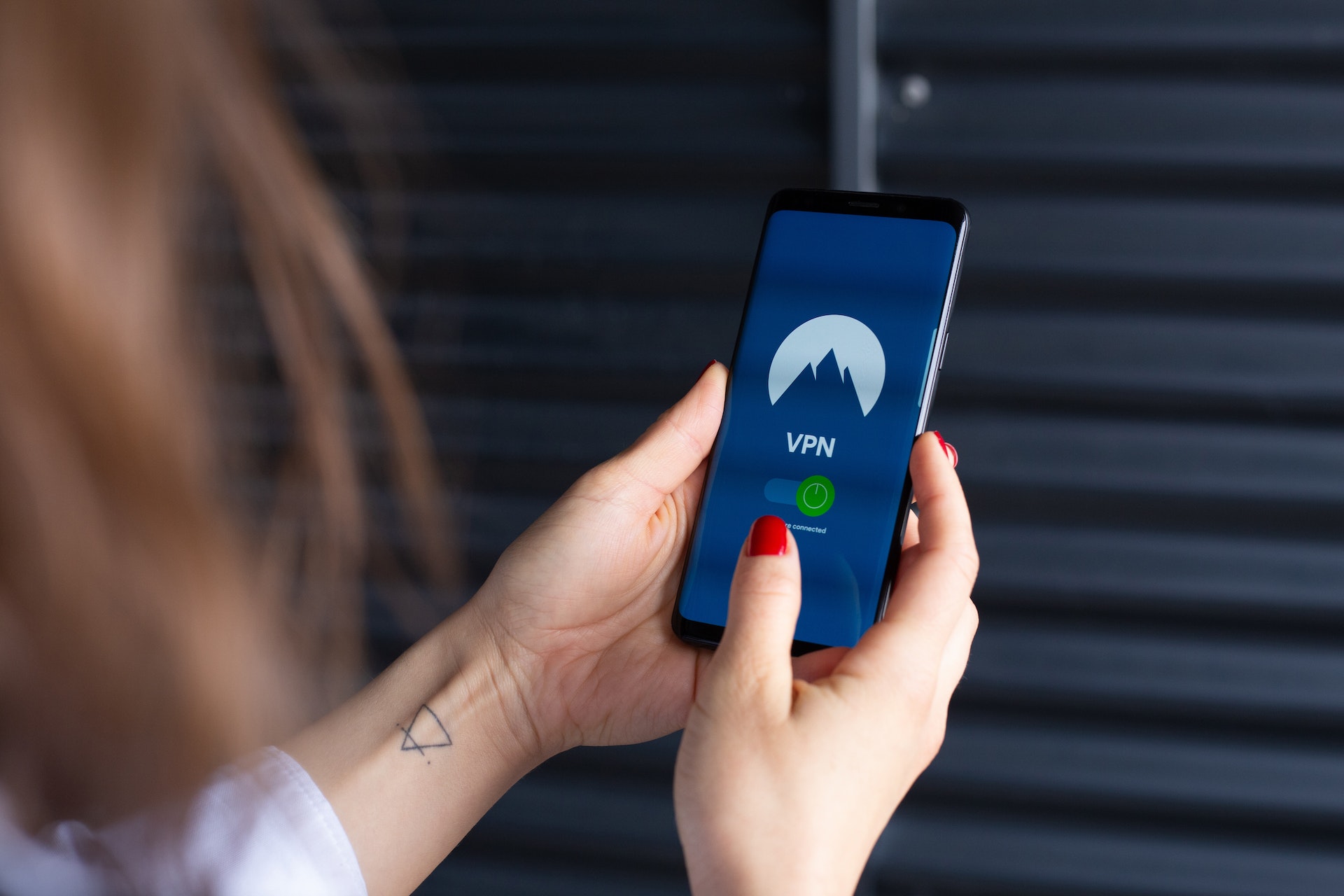

Fewer sunny days, colder temperatures and long winter nights do not have to be a recipe for depression.
If you have short winters, you could get away with slight modifications in your routine. However, you’ve got to put in more effort if you live in a region that is mostly cold. If you don’t, both your mental and physical health can suffer, leading you to have to make a health improvement plan. Seasonal Affective Disorder is real — and can be prevented or minimized if we understand it.
These lifestyle changes don’t have to cost a ton of money or take a lot of effort. Small and consistent is the key to seeing results. Here are a few ways you can make sure the winter does not turn you into a couch potato.
1. Bring the Gym to You
According to the Centers for Disease Control and Prevention (CDC), adults should workout for at least 25 minutes daily. If the roads are slick or you don’t want to layer up, bring the gym to you. Look on Facebook Marketplace and other neighborhood groups to see if someone is getting rid of their equipment. Promise yourself you’ll only watch the new show on your list while on the treadmill. So if the episode ended on a cliffhanger, you better get on the cross-trainer to see what happens next.
Get a virtual reality (VR) headset to take your fitness routine up a notch. You can choose from different settings and trainers for your workouts. The best part is that you might not even feel like you are actually exercising. It can feel more like a video game, but you’re moving more of your body than just your thumbs. Get the kids involved, too, so it’s a family bonding activity at the same time.
If you’re short on space or on a budget, you can work out without any fancy equipment. Search for home fitness workouts on YouTube, and you will be amazed at the plethora of options. Dozens of fitness experts can help you reach your goals by just using a chair, a ball, or a yoga mat.
2. Get Creative at Work
Apart from working out in your free time, you can squeeze in some activity during work hours as well. If it gets dark too soon or it’s cold for a walk during lunch, you can still make it happen.
According to a Mayo Clinic Professor, Dr. James Levine, “Sitting is the new smoking.” Sit for an extended period of time, and you could suffer from health issues. Whether you’re working in an office or from home, try using a standing desk. Standing comfortably while working helps with posture and back pain. It can regulate blood sugar levels and prevent obesity.
This is even more important after lunchtime. Studies have shown that blood sugar spiked by 43% for those who sat down for hours after lunch. This was in comparison to those who were standing. Standing desks are also linked to lower heart disease, better mood, and productivity. With all these benefits, they are a win for both employers and employees.
Once you get used to the standing desk, try out a treadmill workstation as well. Try walking slowly between meetings or during phone calls. Some people get used to typing while walking too. It’s far better than sitting on your chair for hours at a time. Some employees feel less stressed when using their treadmill desk for at least part of the day. This is because exercise produces cortisol, a hormone that can reduce anxiety and depression.
3. Stay Active with the Family
After work, get the family on board too. Some sports can be off-limits in the winter. But, you can still stay active with the children — if you choose to. It’s tempting to sink into a comfy couch with some sugary snacks, and that’s fine sometimes. But it shouldn’t be the only way you bond as a family. Get a pre-owned air hockey or pingpong table for the basement. Watch the kids cringe at first but then enjoy a family dance night together. Anything that gets you all moving.
Kids are sponges, and if you make a big deal out of the weather, they will too. If you take them sledding or try ice hockey early on, they won’t be cooped up inside all winter. Safety comes first, but just a snowball fight outdoors is good exercise for the whole family. Your grandma might disagree, but playing outdoors in the winter can boost the kids’ immune systems. They will get a much-needed dose of sunlight and vitamin D.
This may seem like more “work” for the parents, but the benefits of keeping kids away from excessive screen time is so worth it. Creativity sparks, they are healthier, and they’re less likely to fall prey to cyberbullying. They will not seek validation from strangers online when they have quality bonding time with their family.
4. Make the Most of AI
You might be able to rope the kids in with technology. New gizmos and gadgets can be a blessing when used correctly. Smartwatches and apps can keep you on track. Newer models of wearable fitness don’t just track steps. They can even monitor heart rate, calories burned, oxygen saturation, and more.
Artificial intelligence (AI) is also making its mark in the fitness industry. With AI, strength training apps can monitor your reps and weights and customize your workouts with increasing challenges. Some fitness equipment options, including smart TVs, can also analyze your form and make recommendations like a personal trainer would.
The app records data from millions of workouts and optimizes it for your body. With a webcam or built-in camera, it keeps track of your reps. It can even tell you how long to rest between sets. Some TVs give you a side-by-side option too. You can compare your form with a trainer on the other half of the screen. That way, you can focus on lifting, curling, pressing, and stretching your muscles without guessing if you’re doing it right.
5. Put it on the Calendar
You could use hi-tech AI or play a simple game of tag — but schedule it. When you prioritize something, it happens. When you leave it to chance, it usually slides. Whether your family uses a fridge calendar or syncs schedules on devices, add one weekly physical activity together. Sign up for an indoor sport or use your local park district gym to shoot hoops together. If it’s on the calendar, everyone knows in advance and will try to make it. Just like relationship experts say about date night — schedule it and see it happen.
Instead of competing in binge-watching popular shows, keep tabs on how many steps you each get daily. If the weather cooperates, take a brisk walk around the neighborhood to reach your step goal. If it’s pouring or freezing, window shop at the mall and get your heart rate up. Many park districts have free indoor walking tracks too. Choose a workout buddy, so you both motivate one another to show up. Time will fly when you’re brisk walking and enjoying some chit-chat with a friend.
Life Skills
Everyone has the same 24 hours each day. The person who makes time to work out regularly doesn’t magically get an extra hour. They make that time. When you prioritize a healthy lifestyle by scheduling weekly racquetball, you’re teaching your kids two life skills. They are learning the importance of staying active and how to manage time.
The number of options in choosing online trainers, fitness routines, and equipment is endless. You can mix and match different permutations. However, the equation will only show results when you add consistency. Make this the year you put in that effort!
Featured Image Credit: Photo by Julia Larson; Pexels; Thank you!











Angela Ruth
My name is Angela Ruth. I aim to help you learn how Calendar can help you manage your time, boost your productivity, and spend your days working on things that matter, both personally and professionally. Here's to improving all your calendars and becoming the person you are destined to become!